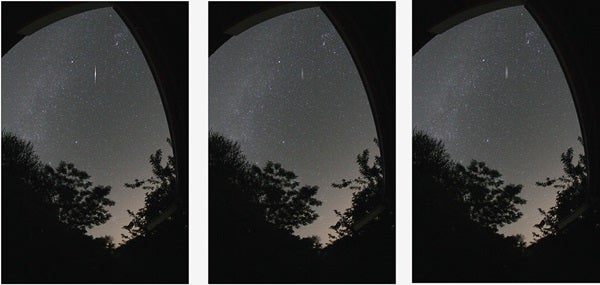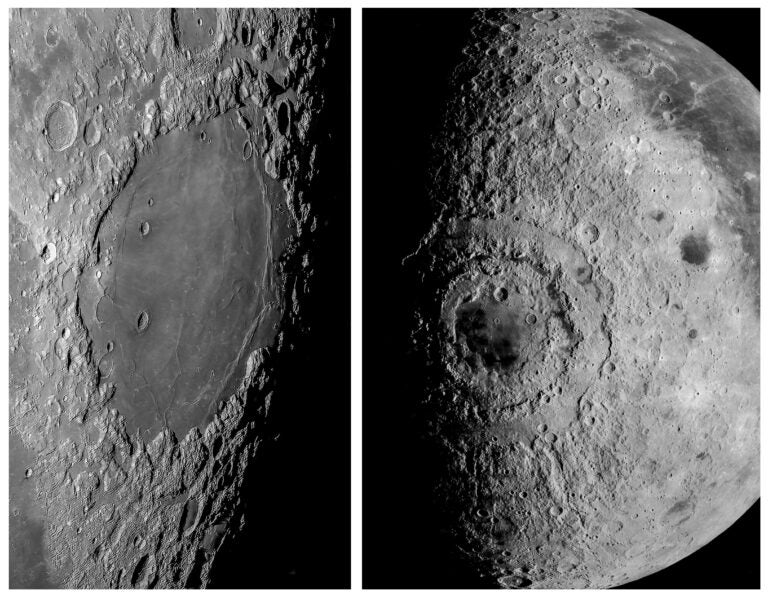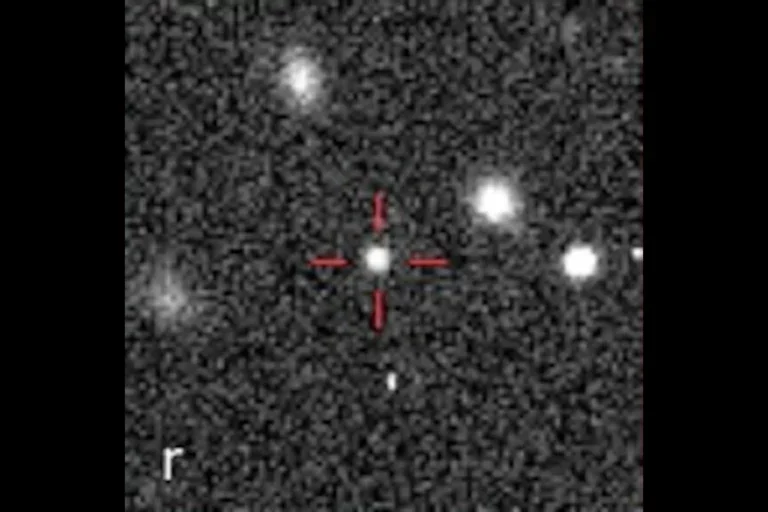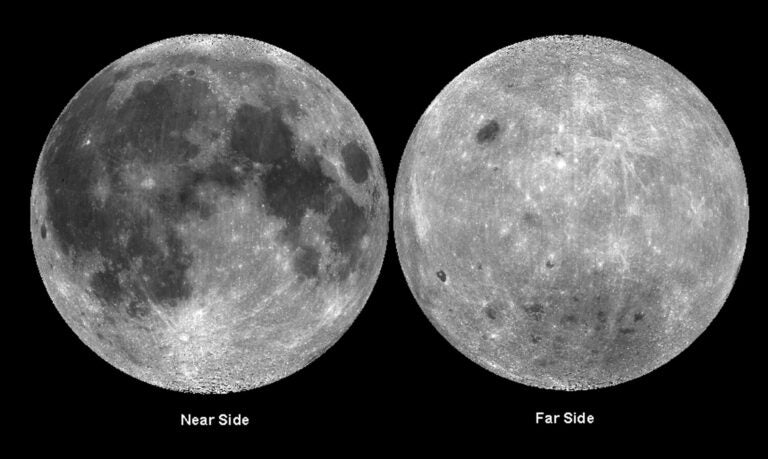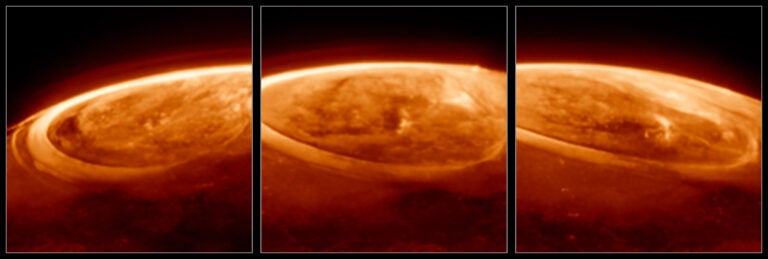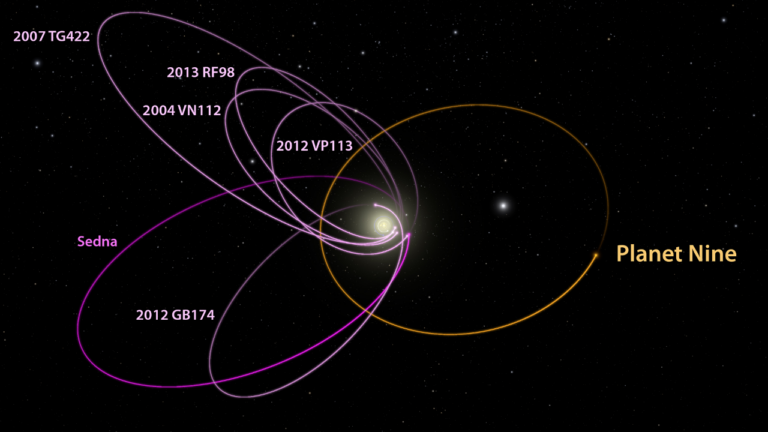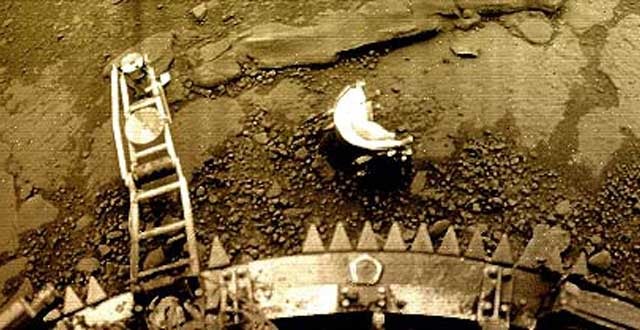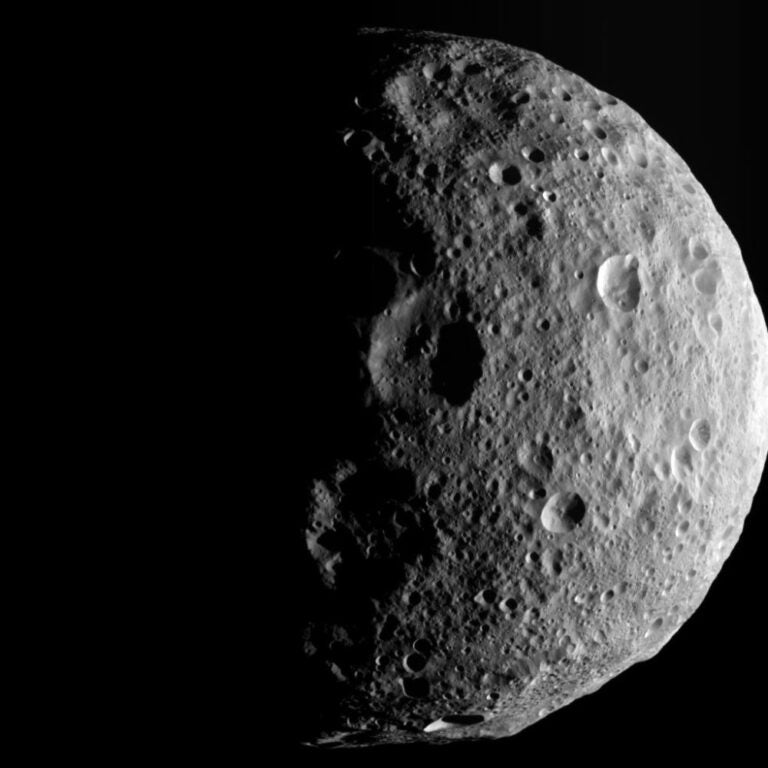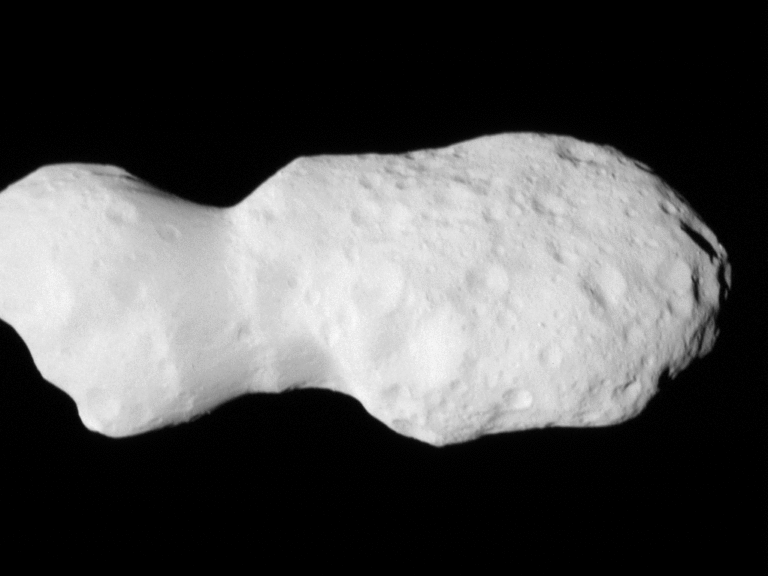Attending the wake
Few shower meteors are as fast as the Orionids. They zip through Earth’s atmosphere at about 40 miles per second (66 km/s), ensuring that the comet’s tiny particles completely vaporize upon descent. Nevertheless, such speedsters, especially the brighter ones, can display a subtle yet fascinating light phenomenon in their wakes — after the meteors die.
In an 1877 issue of The Observatory, the celebrated British astronomer William F. Denning reported that of the 57 Orionids he recorded over five nights, “no less than 47 left streaks.” These ghostly glows lie in the meteors’ paths and appear after the light fades — like spirits rising from their corpses.
A funerary surprise
In his report, Denning noted that in “several instances these [trains] were observed to brighten up considerably after the extinction of the nucleus, and I found some difficulty in estimating the magnitudes from this cause.”
Denning thought it “unfair” to rate a meteor as 4th magnitude “when it leaves a short [train] that intensifies and then becomes as conspicuous as a second mag[nitude star.]”
Meteor expert Peter Jenniskens of the SETI Institute says that this phenomenon is a known effect in bright, fast meteors. “After the afterglow fades in a few seconds — mostly due to light from oxygen atoms — a persistent emission emerges that increases in brightness,” he explains. “It is due to ambient ozone molecules diffusing into the train of oxygen atoms. Iron atoms from the meteor recombine this ozone and the oxygen atoms and create the iron-oxide radical [a molecule that contains at least one unpaired electron] in an excited state in the process. When that electron returns to its normal state, it emits an orange glow, called a persistent train. These trains linger for a while and are great binocular targets.”
Persistent trains are themselves a separate and dynamic phenomenon that can last for tens of minutes. Generally, brighter and faster meteors produce brighter and more persistent trains. These sights may steal your attention away from the brief two-second pulse in the afterglows that precede them. So keep your eyes peeled, and let me know what you see at sjomeara31@gmail.com.


